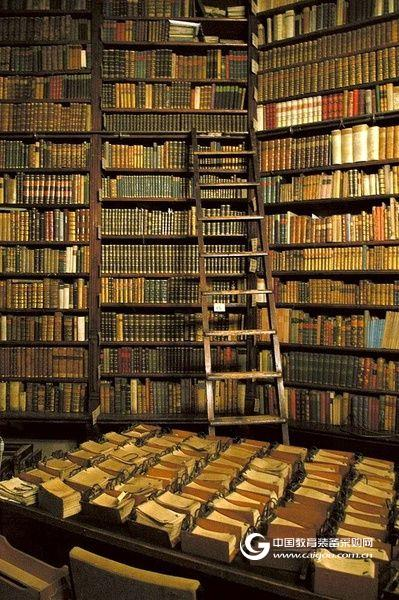Since the mid-1980s, China has begun to digitize ancient books, from simple full-text scanning images, to making bibliographic databases, developing various search tools, and now to the full-text digitization of ancient books archives. After such long-term exploration, Has achieved a lot of achievements, but also accumulated a wealth of experience.

At present, the digitization of ancient books has generally the following four ways:
Full image mode.
This is the simplest way to digitize. Simply scan the ancient books file into an image and store it on the storage medium. The text is stored in an image format such as BMP, JPG, TAG, GIF, etc. The digital version of the ancient books file obtained in this way is called "full image version". The full-image version is intuitive, fast, and practical, but there is no index relationship between text and images. It is impossible to directly retrieve the contents of ancient books and it is not convenient to find.
Directory text, body image mode.
This is an improvement on the "full image version". The directories are all stored in text mode, while the body part is stored in image mode and the index relationship between the directory and the body is established. Readers can search and find at the directory level, and can find the desired body image based on the index relationship between the directory and the body. The directory here can be regarded as a generalized directory, which includes the name of the file, the title of the book, the size of the title, and the name of the figure and the name of the table. The digital version of the ancient books file in this way can be called the "title search version".

Full text mode. The "title search version" only implements directory-level retrieval and lookup problems. The full text method is to store all the texts in the book in text form, which is a digital book in the true sense, which can realize full-text search and search. This digital version of the ancient books is called the "full text version."

The full text graphic comparison method. This method is a combination of the above methods, and is also a method commonly used by archivists of ancient books. It stores ancient books in images and texts, and also indexes each Chinese character in the ancient books and its images in the original book. Users can search, find and read ancient books in the full-text version. It is also possible to quickly and easily "flip" to the corresponding position of the current text in the "Full Image Version". The digital version of the ancient books file obtained in this way is called "text search version". "Graphic Search Version" is the most idealized digital method, which can read and retrieve texts as well as observe the original
Text image, watch the writing style and typesetting characteristics of the fonts in the ancient books.

description:
The number of OS12002V professional ancient document scanners uses projection-type non-glare cold light source technology to provide extremely sufficient protection for precious ancient books and document digitization. The high-precision true color scanning lens perfectly reproduces the original details of the original, unique 90°. The V-type platen is especially suitable for digitizing precious materials that are bound into a book and cannot be fully opened. It automatically opens the press glass, adaptively adjusts the falling speed and pressure of the V-glass, and protects the literature to the utmost extent. The user-friendly design provides users with the information. A safe, reliable and ergonomic operating environment.
Technical Parameters:
Description: Top-mounted scanning head, desktop non-contact scanning, suitable for single pages or bound into manuscripts of cultural relics, ancient books, books, newspapers, calligraphy and painting maps.
Scan size: 600 (2 x 300) x 450 mm (> 2 x super A3
Manuscript table: The book can be up to 150 mm thick, and the V-shaped table can be adjusted by 90°; the sides of the V-shaped table can be adjusted, the center, the height, and the width of the spine.
Scan mode: 42-bit color acquisition | 24-bit color output 14-bit grayscale acquisition | 8-bit grayscale output 1-bit black and white acquisition | 1 bit black and white output
Optical resolution: 600dpi
Output resolution: 100-600dpi
Scanning speed: 3.8 seconds (400dpi)
Scanner interface: IEEE1394 FireWire interface
Image format: all standard formats, such as TIFF uncompressed, TIFF G4, JPEG, JPEG2000,
PDF, multi-page TIFF, BMP, PCS, PNG, etc.
Scanning Software: OS12 Scanning Software
Image Processing Software (optional): Deskew, Despeckle, Flip, Black Edge, Mask, Sharpen, Bend Correction, Crop, Black and White Scan and Dynamic Threshold.
Perfect Book (optional): Dual scanning system, perfect 3D scanning, spine bending correction and automatic document detection.
Electrical requirements: 220V/50Hz.
Volume (W x Dx H): 1023 x 880 x 1025 mm
Thermostatic Faucets,Sanitary Ware Shower Set,Shower Head Mixer Set,Shower Tub Set
Kaiping Yufa Sanitary Ware Co.,ltd , https://www.dlsenfaucets.com